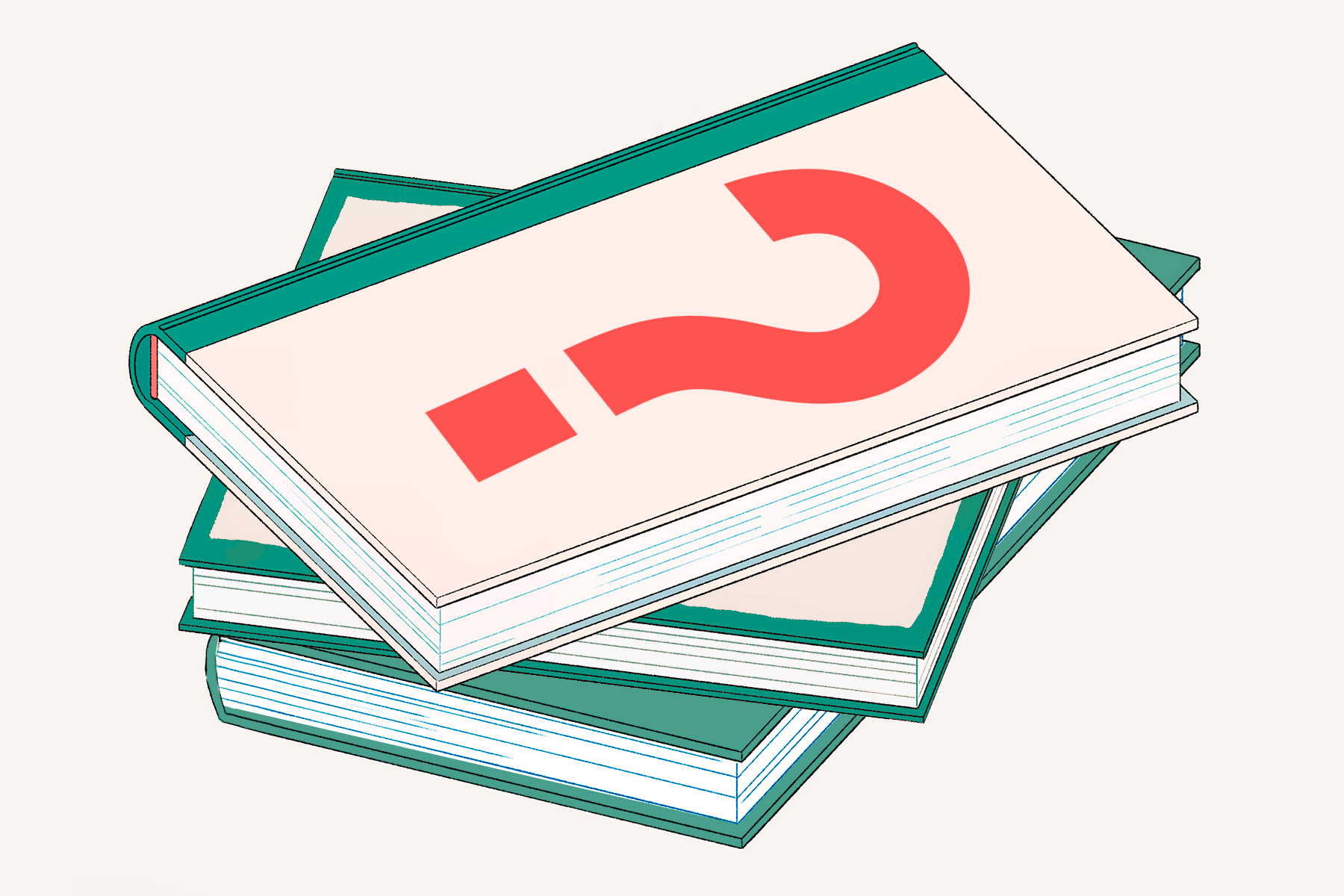Brilliant book quiz questions for the whole family this Christmas

Come late December, we gather to celebrate the festive season: around tables and cosy fireplaces, around Christmas trees and dinner spreads, it’s a time to spend with loved ones. Then, when the conversation inevitably lulls, we turn to board games, Secret Santa and, of course, that great tradition: the quiz.
Here, we’ve assembled three full rounds of literary quiz questions (and answers) for the whole family, from young adults to veteran readers, spanning classic books to modern bestsellers. Whether you’re looking for easy literature questions or something a little more challenging, the below are great fun for any bookworm. There’s even a round to get the little ones involved, too.
Want to test your own knowledge? Take our interactive book quiz, full of trivia, quotes, and questions on the latest bestsellers. Or check out our collection of the very best quiz and puzzle books for adults, for more brainteasing bookish fun.
Round 1: Classic books
1. Which came first: Nineteen Eighty-Four or Brave New World? (Bonus point: name the two authors behind these books)
2. Where was Emily Bronte’s Wuthering Heights set?
3. How many books did Lewis Carroll write inspired by Alice Liddell?
4. Which is longer: Middlemarch, or War and Peace?
5. How many days did Phileas Fogg want to travel around the world in, according to Jules Verne?
6. What is the name of the penny-pinching boss at the heart of Charles Dickens’ A Christmas Carol?
7. Which Nella Larsen novel was adapted for Netflix in 2021?
8. What passage of time does Virginia Woolf’s Mrs Dalloway span?
a) A year
b) A month
c) A day
9. Who or what are lonely in the title of Sam Selvon’s 1956 Brixton-based novel?
a) Londoners
b) Lampposts
c) Librarians
10. Who is the youngest of the March sisters in Little Women?
Round 1 answers:
1. Brave New World, which was published in 1932; Nineteen Eighty-Four was published in 1949.
Bonus point: Aldous Huxley and George Orwell.
2. Yorkshire
3. Two: Alice’s Adventures in Wonderland and Through the Looking Glass.
4. War and Peace is, at 1440 pages, to Middlemarch’s 944 – both according to the Penguin Clothbound Classics editions.
5. 80.
6. Ebenezer Scrooge.
7. Passing.
8. c) A day.
9. a) Londoners. The novel’s full title is The Lonely Londoners.
10. Amy.
Round 2: Modern literature questions
1. Who followed up their best-selling novel debut in 2020 with The Man Who Died Twice the following year?
2. What do these three novels have in common? Great Circle, The Promise, The Fortune Men.
3. Which best-selling crime author wrote The Sentinel, the first with his brother, Andrew?
4. Who delivered the now-famous poem ‘The Hill We Climb’ at President Joe Biden’s inauguration?
5. Fill in the blank: The Boy, [BLANK], The Fox and The Horse
6. For which novel did Elizabeth Strout win a Pulitzer Prize?
a) My Name is Lucy Barton
b) Olive Kitteridge
7. Which author followed up their novels The Girl on the Train and Into the Water in 2021 with their third book, A Slow Fire Burning?
8. Who is the author of thrillers The Night She Disappeared, The Family Upstairs and Invisible Girl?
9. Which beloved children’s author and poet released his “story of life, death, and the NHS”, titled Many Kinds of Love and about his experience of Covid-19, in 2021?
10. Though he passed away in late 2020, this famed author of espionage authors posthumously published Silverview in 2021.
Round 2 answers
1. Richard Osman
2. They were all shortlisted for the Booker Prize in 2021
3. Lee Child
4. Amanda Gorman
5. The Mole
6. Olive Kitteridge, in 2009
7. Paula Hawkins
8. Lisa Jewell
9. Michael Rosen
10. John le Carré
Round 3: Authors and characters
1. Which ‘kid’ is author Jeff Kinney famous for creating?
2. ‘It’s elementary’: What is the name of Sherlock Holmes’ famous sidekick?
3. In Margaret Atwood’s The Handmaid’s Tale, what names do the handmaids take?
4. Name as many of the four Pevensie children from The Lion, the Witch and the Wardrobe as you can, for a point each.
5. Who was the first Black woman to win the Nobel Prize for Literature, in 1993?
6. For whom does Charlotte weave her web, in Charlotte’s Web?
7. Who shared the Booker Prize in 2019?
Bonus points: Name their winning books.
8. Where does Philip Pullman’s character Lyra grow up?
9. In Anne of Green Gables, what is Anne’s surname?
a) Green
b) Sherman
c) Shirley
d) McCrae
10. Name the author:
a) He was born in Dublin in 1854, and died in Paris in 1900.
b) He wrote plays, stories, and poems, and was famous for all three.
c) He was associated with the aesthetic movement.
d) One of his first widely known stories was titled ‘The Happy Prince’.
Round 3 answers
1. ‘Wimpy kid’ Greg Heffley, from his series Diary of a Wimpy Kid.
2. Dr Watson.
3. Those of the male commanders they serve, e.g. Ofglen.
4. Lucy, Edmund, Susan, Peter.
5. Toni Morrison.
6. Wilbur, the pig.
7. Margaret Atwood and Bernadine Evaristo.
Bonus point: The Testaments and Girl, Woman, Other.
8. Oxford.
9. c) Shirley.
10. Oscar Wilde
Bonus round for junior readers
1. Which character from Roald Dahl’s Charlie and the Chocolate Factory is turned into an enormous blueberry?
2. Who famously came for tea?
a) The zebra
b) The tiger
c) The hippopotamus
d) The dog
3. Which famously festive dinosaur lives in the pages of Tom Fletcher’s beloved series?
4. Which insect was so ‘Very Hungry’ it ate through the pages of Eric Carle’s book?
a) Ant
b) Beetle
c) Bee
d) Caterpillar
5. Who created Peter Rabbit?
Answers for junior readers
1. Violet Beauregarde
2. b) The tiger
3. The Christmasaurus
4. d) Caterpillar
5. Beatrix Potter